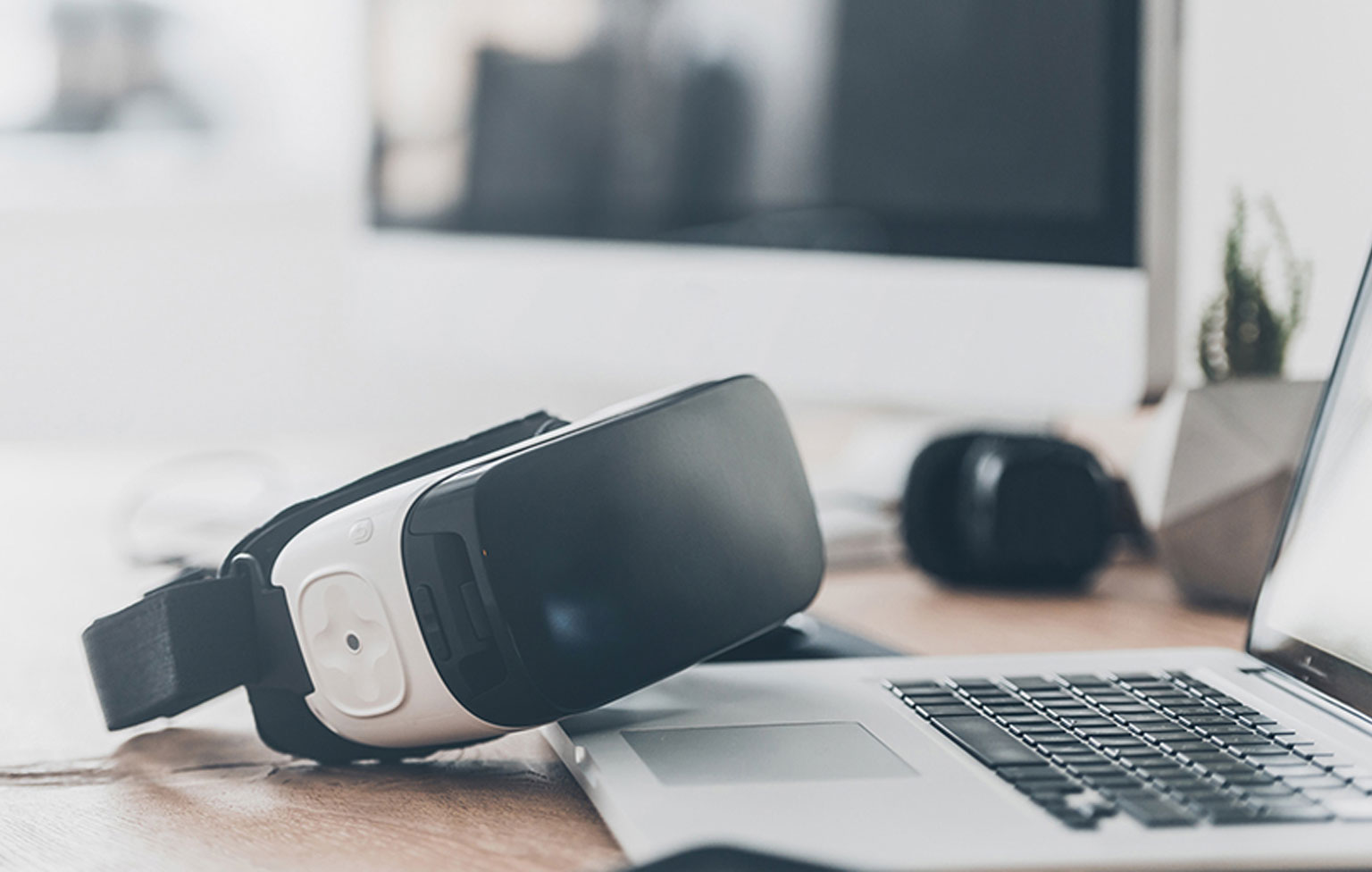Published by
Bottle Rocket helps brands connect to their customers with the latest technology. Though this tech is being talked about on a wider scale, some of it is still emerging. That makes for a learning curve when brands want to know what’s available for the most compelling user experience. As one of Bottle Rocket’s Senior Engineers, I can help shed some light on what’s available for affecting our reality.
Extended Reality
Extended Reality (XR) is an all-encompassing term to include all forms of reality manipulation. Under XR are two primary categories: Augmented Reality (AR) and Virtual Reality (VR). Let’s break all of these down to better understand them.
Augmented Reality
AR is the process of combining digital information with real-world environments in real time. The simplest form of AR is imposing digital content on top of a camera feed. One of the most well-known recent examples of AR is Pokémon GO.
Pokémon GO utilizes your phone’s GPS to provide activities at different destinations. When you arrive at one of these activities, the game imposes a 3D scene on top of video from your phone’s camera, allowing you to feel like Pokémon are in your environment.
Advanced Augmented Reality (Advanced AR)
Advanced AR is primarily an AR experience with a deeper understanding of the environment. The experience uses techniques like face detection, positional tracking, object detection, and scene recreation to impose augmentation into the world and make them more a part of your reality.
You may have experienced this with Snapchat, which uses computer vision techniques to detect the location and rotation of the face and attaches graphics to different parts of it (they call these filters). Snapchat also detects changes in facial features to add fun interactions.
ARKit, a development kit that Apple recently released, uses a system that can calculate the device’s position and rotation to project virtual objects onto detected planes.
Microsoft’s HoloLens takes a slightly different approach by processing the environment and returning a digital representation of the user’s real world.
Augmented Virtuality (AV)
AV is the merging of real-world objects into a virtual world. This is used to capture the feeling of a VR experience by adding a real-world user to the visual experience.
Tilt Brush is one example of AV technology. It allows a user to visually integrate themselves in the virtual environment. This provides a way for others to experience what the user does.
Virtual Reality (VR)
VR immerses users into a complete digital experience. Oculus Rift, HTC Vive, Gear VR, and Google Daydream are all platforms that support VR. All these experiences require a headset, which prevents you from seeing any actual reality.
One example is Valve’s The Lab: a completely virtual experience that allows you to try some small games and experiences on the HTC Vive.
Now that you have a clearer sense of what realities are available to explore, where would you like to get started? Let us know at [email protected].
Share:
Categories
tags
Related Posts

The Value of Agency Project Managers

Your Guide to a Product Analytics MVP


